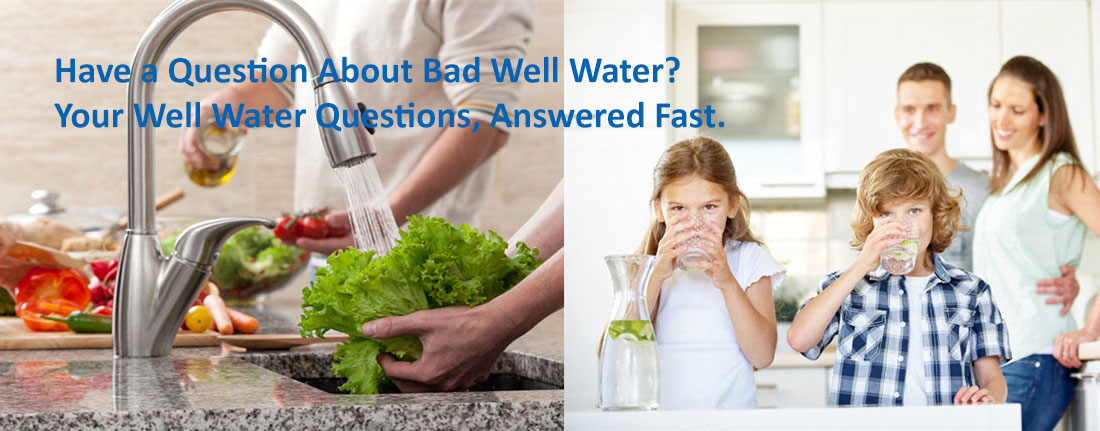I have some questions regarding liquid chlorinators, versus solid pellet feeder type chlorinators. Can you help me or direct me to someone who can answer these questions?
Tim L
Texas
Hello Tim – yes please see the responses below. All very good questions.
1. Could you give me the pros/cons of using either a liquid chlorinator or pellet chlorinator?
Liquid Chlorine (Clorox, etc.) is 5% to 10% chlorine (sodium hypochlorite) and readily available at most Supermarkets and is relatively inexpensive. Pellets are only available from the specific Manufacturer, and are a bit more costly. Pellets are usually 65% to 70% chlorine (calcium hypochlorite) and so less is used, however there are special handling requirements.
2. Does a pellet chlorinator that drops pellets down the well remove the need to shock the well, or will this still be something that needs to be done periodically?
Essentially yes, you may need to turn up the output of the pellet feeder for a “shock” however that only requires a dial adjustment.
3. Do pellets break down fairly easily or is there a chance that the chlorine level in the well could vary? I know the pellet injection rate. I plan to use a MangOX iron filter with the chlorinator. Is there a potential for harming the filter and MangOX media if the levels of CL gets too high?
The pellets do break down fairly well and for the most part are easy to work with. Chlorination levels may vary however should be minimal. It can be harder to dial in the exact chlorine residual you need with a pellet feeder. Because of the nature of dropping the pellets down into the well water, the chlorine residual may be uneven at times, but overall they are very effective. The iron filter will work properly with a chlorine residual, within reason of course. Generally we want to see a Free Chlorine residual level going into the Iron filter of say 0.2 – 0.8 mg/L.
4. Would there be a need to filter out free chlorine downstream from the filter? Would excessive chlorine levels harm the softener in any way? What solutions would we need to filter out excessive free CL levels?
A backwashing Carbon filter would remove any free chlorine residual along with improving taste’s and odors as well. Heavy amounts free chlorine higher than 2.0 ppm in the water can damage Softening resin, but it is easy to adjust the rate of feed so it does not approach that level.
5. How is the pellet drop rate set on these chlorinators? Is it simply removing plugs in some gear on the chlorinator based on the desired drop rate?
This is simply a dial along with simple instructions on how to do so. We can also assist with settings, etc. as well.
6. Do these chlorinators constantly drop pellets or can they be configured to stop the drop if the pump is inactive for so many minutes?
These will run only when the well pump is on, and there is a safety measure that if runs for 15 minutes will automatically shut off, see below for additional information on one of the pellet feeders we offer:
Dry Pellet Well-Pro WP-3. Available in 115volt or 220 volt.
This unit utilizes the well casing as a retention tank to keep chlorine in contact with the well water as long as possible. Power module completely sealed to protect from chlorine corrosion and adjustable dosage dial.
Here is a diagram of a typical well, the Dry Pellet Feeder would install on top of the well and drop pellets down the well each time well runs:


